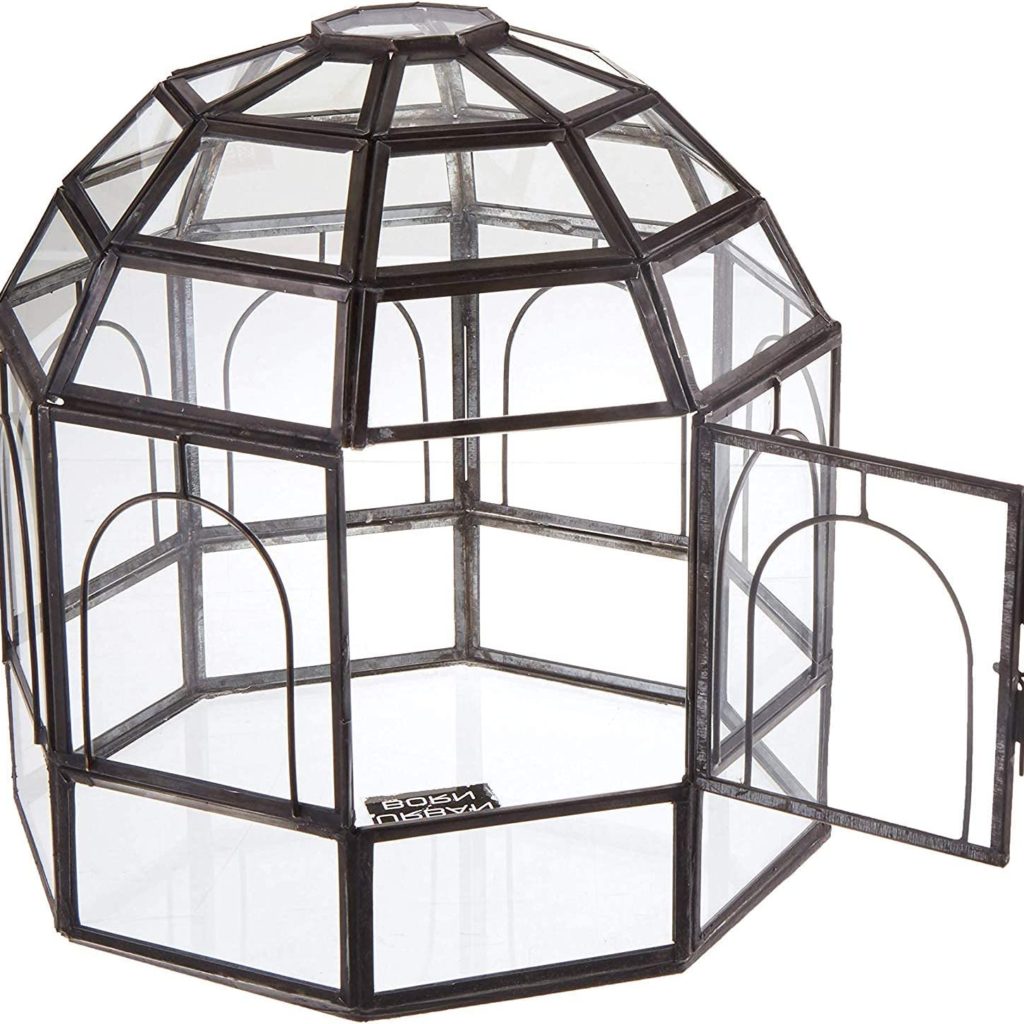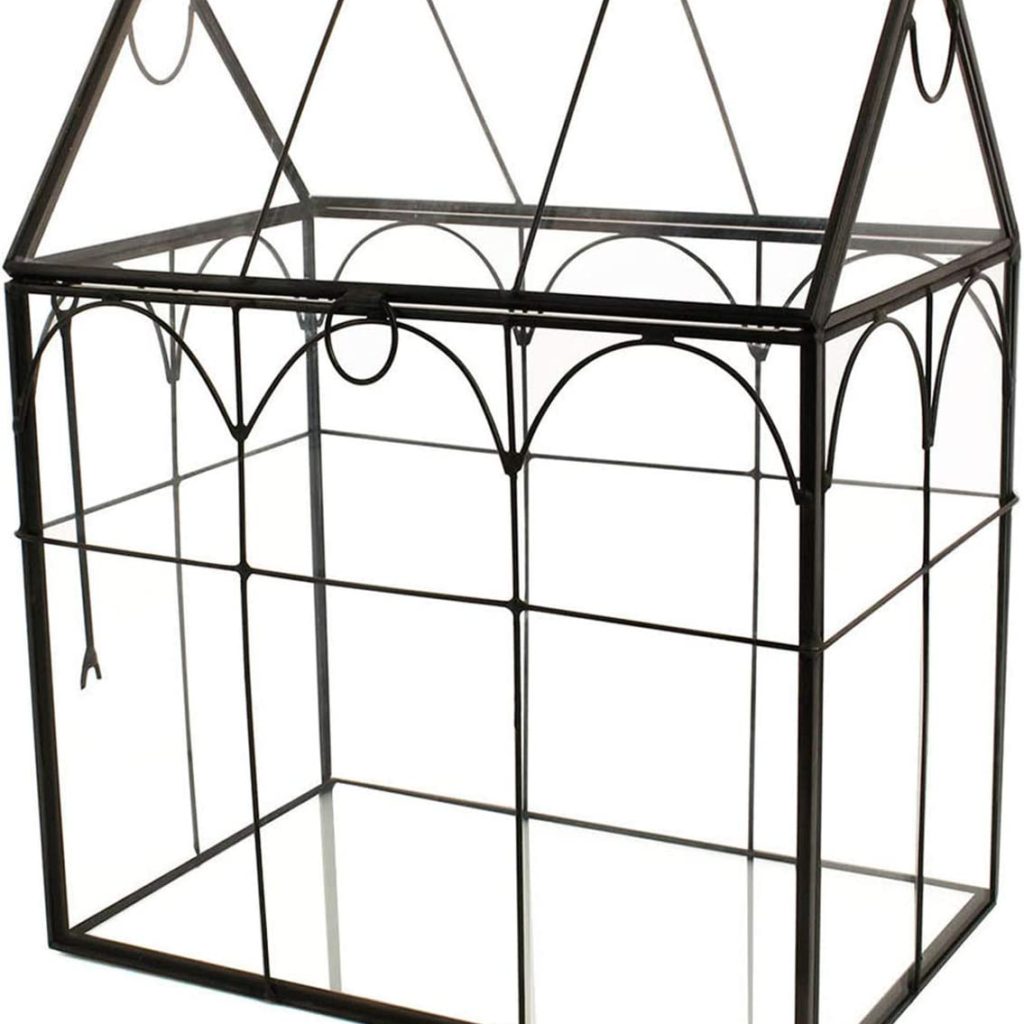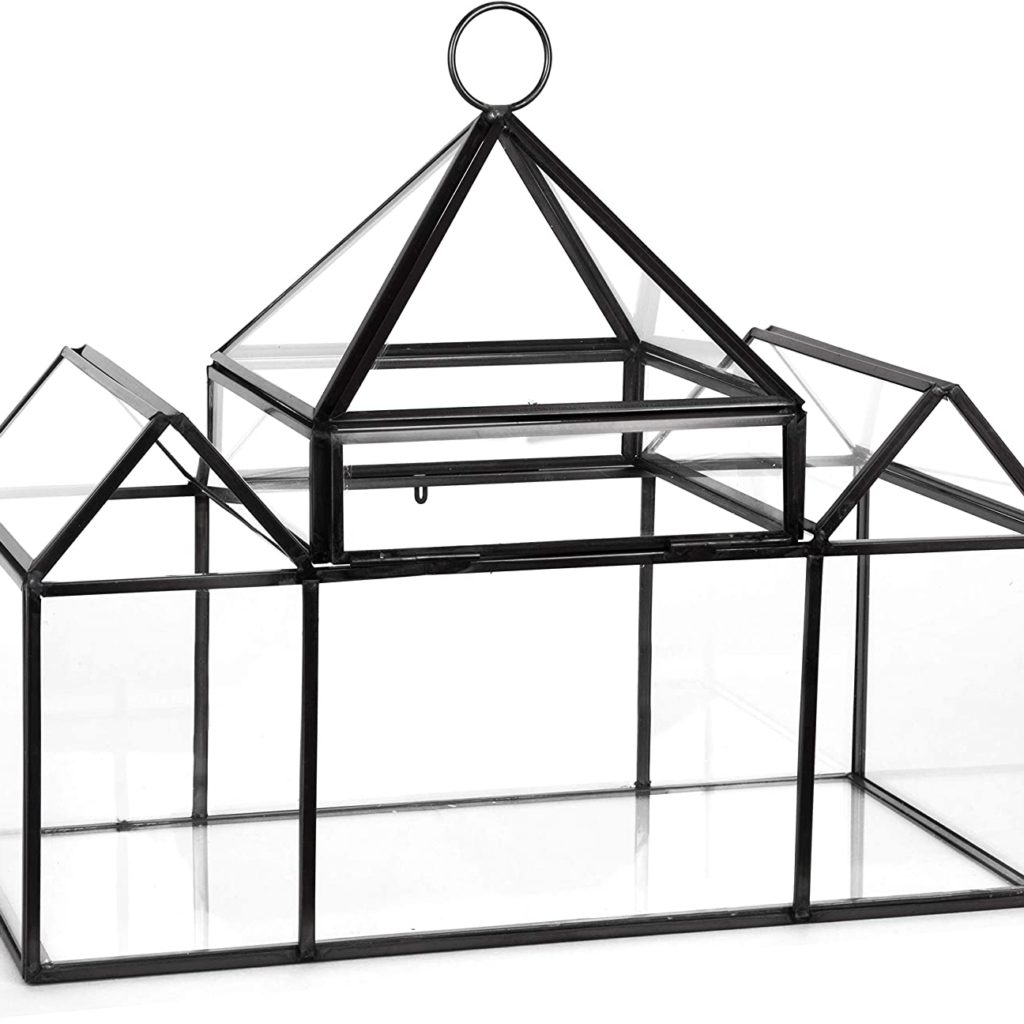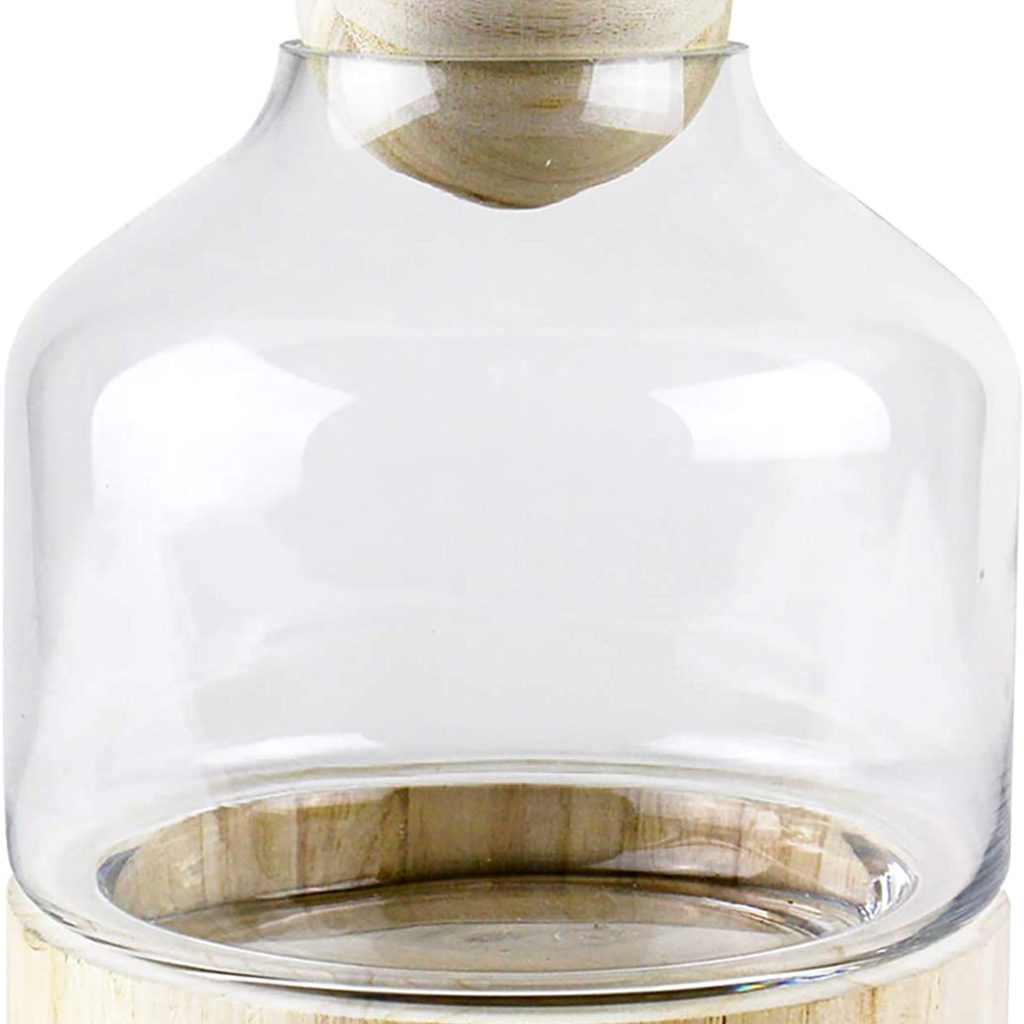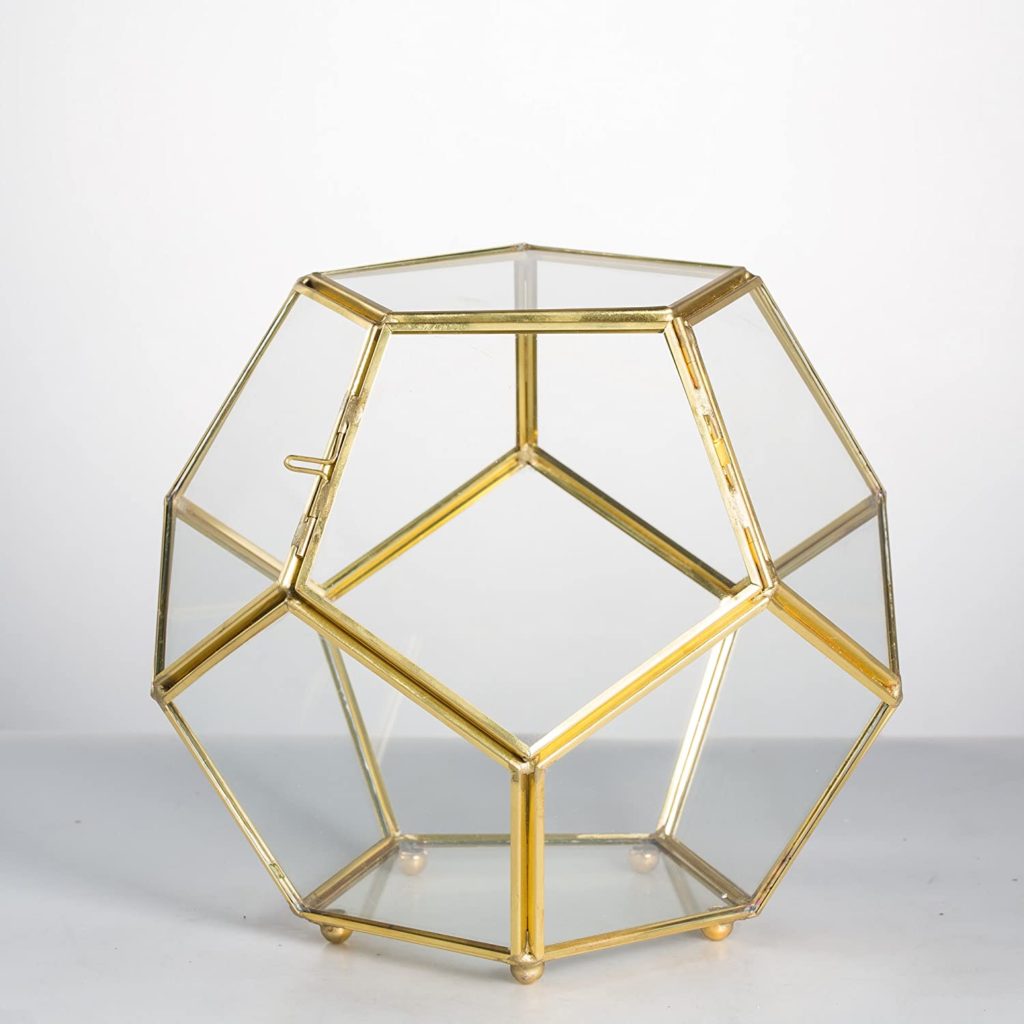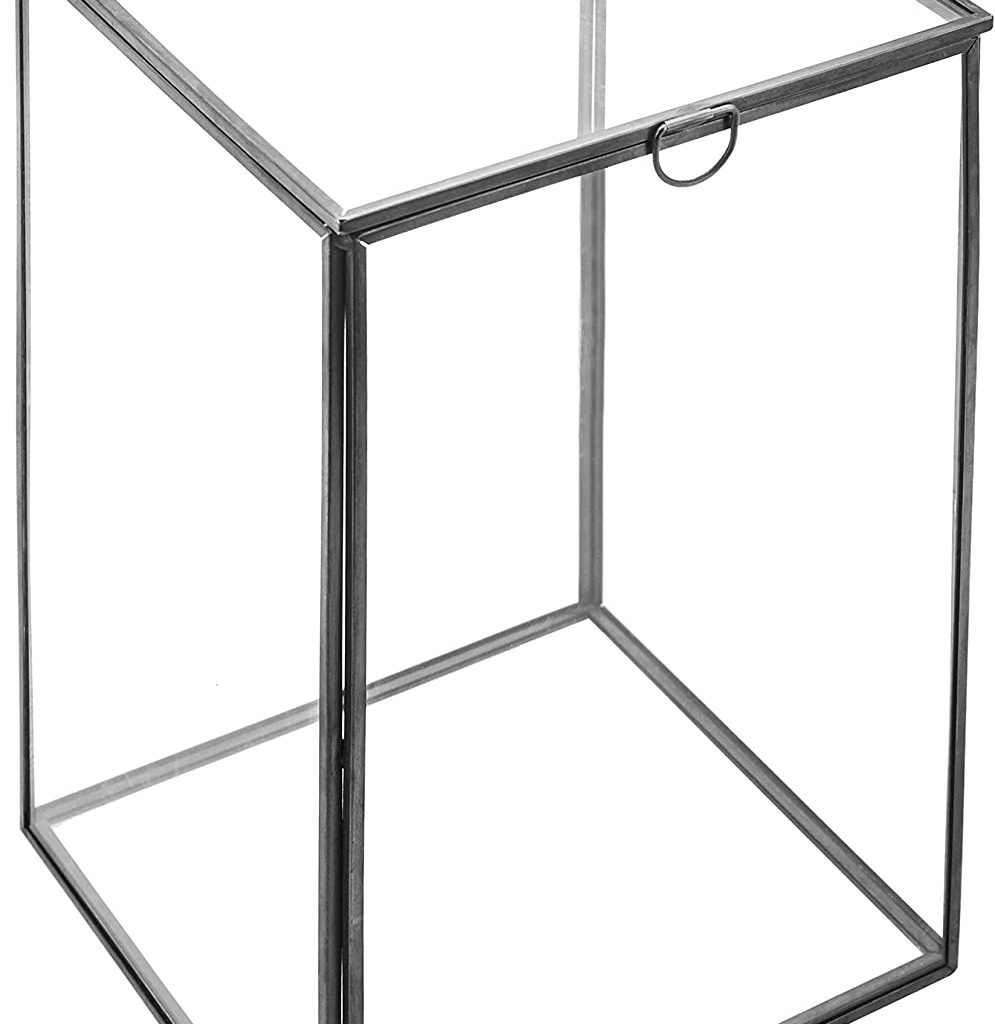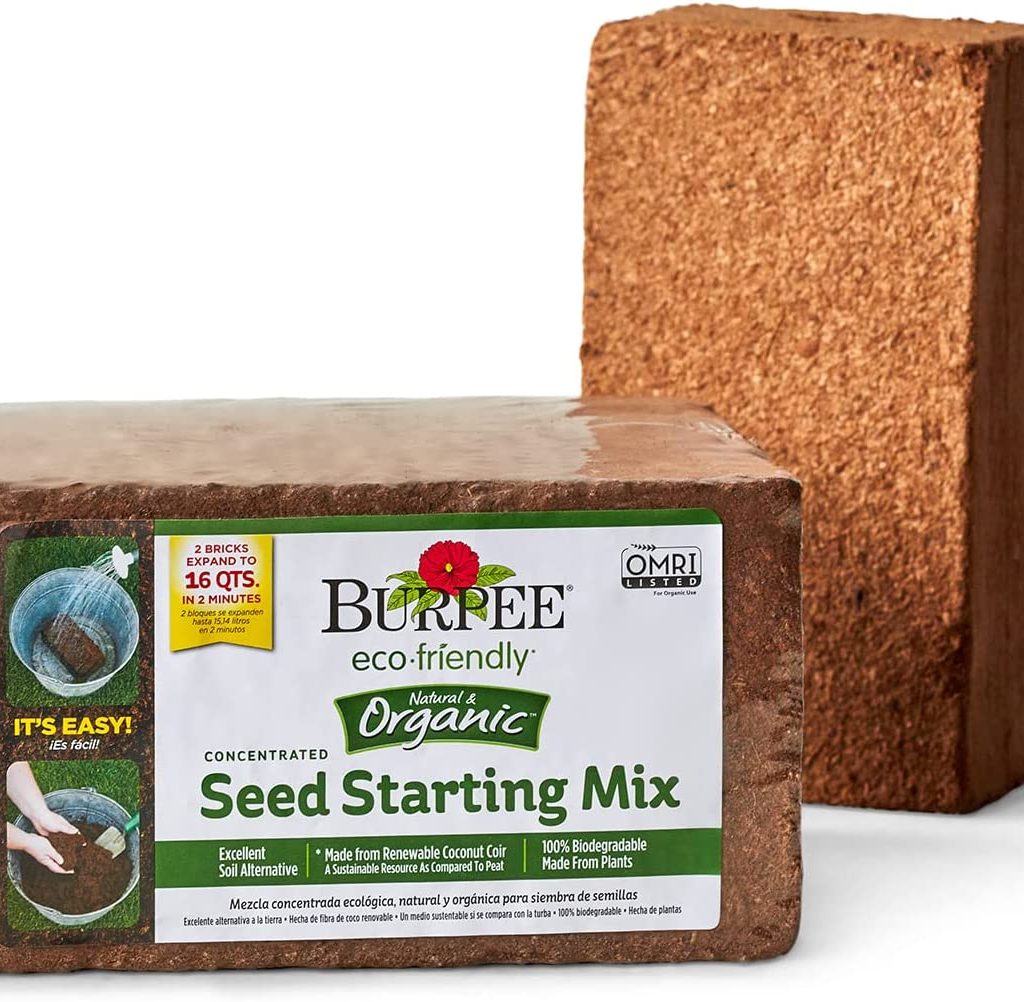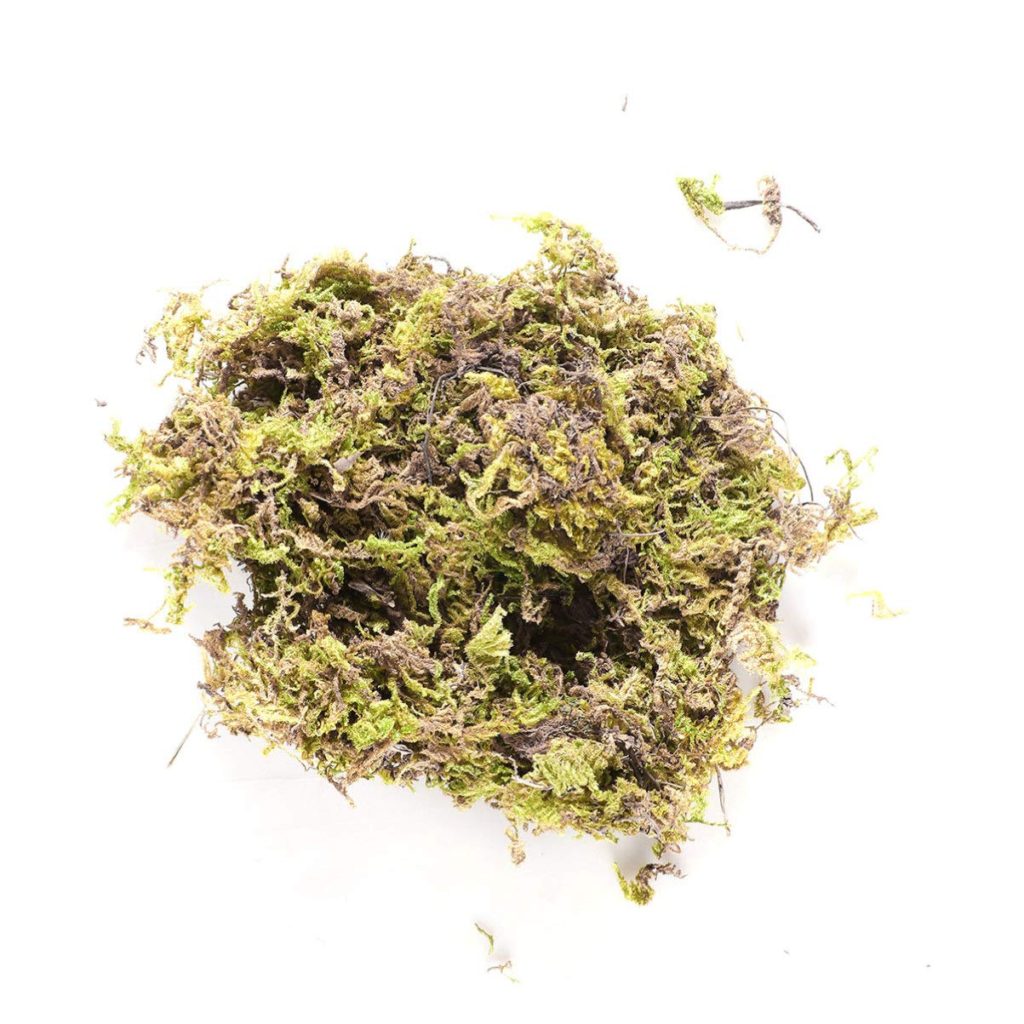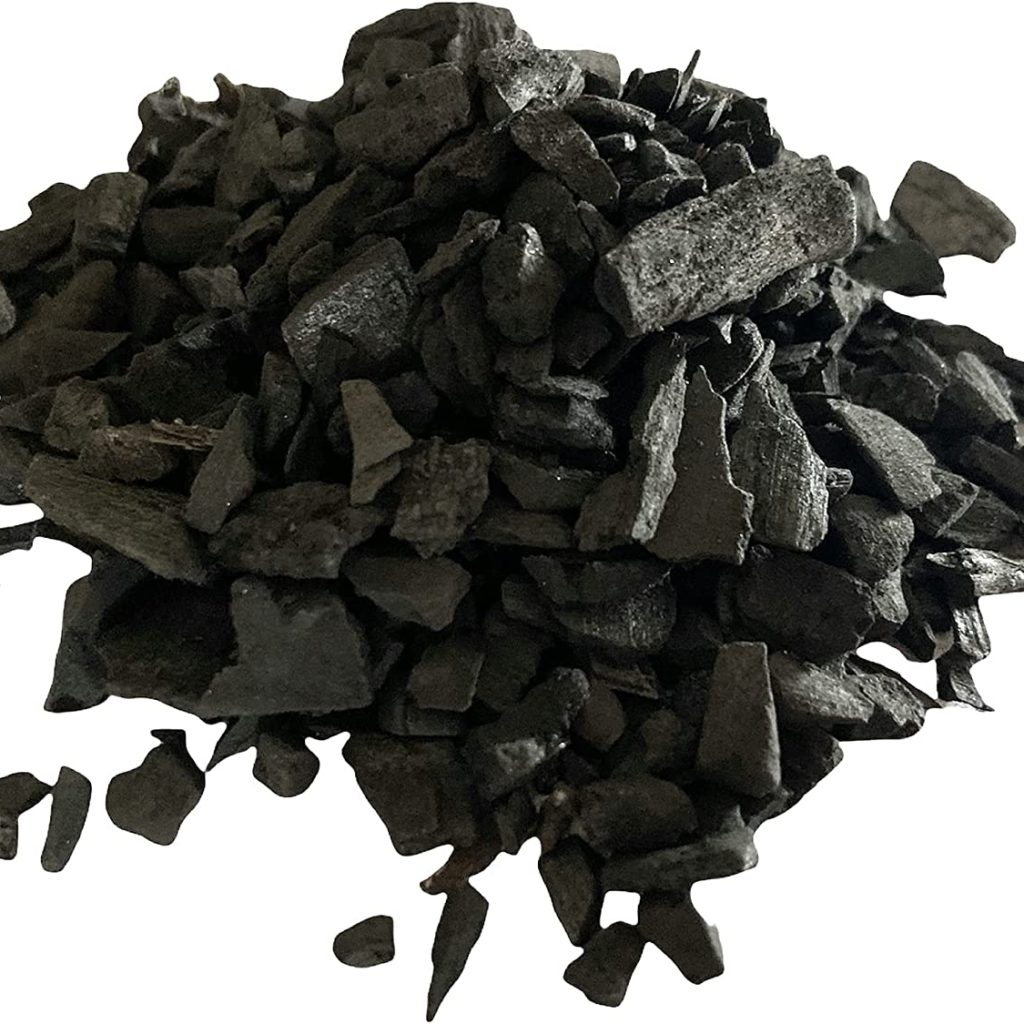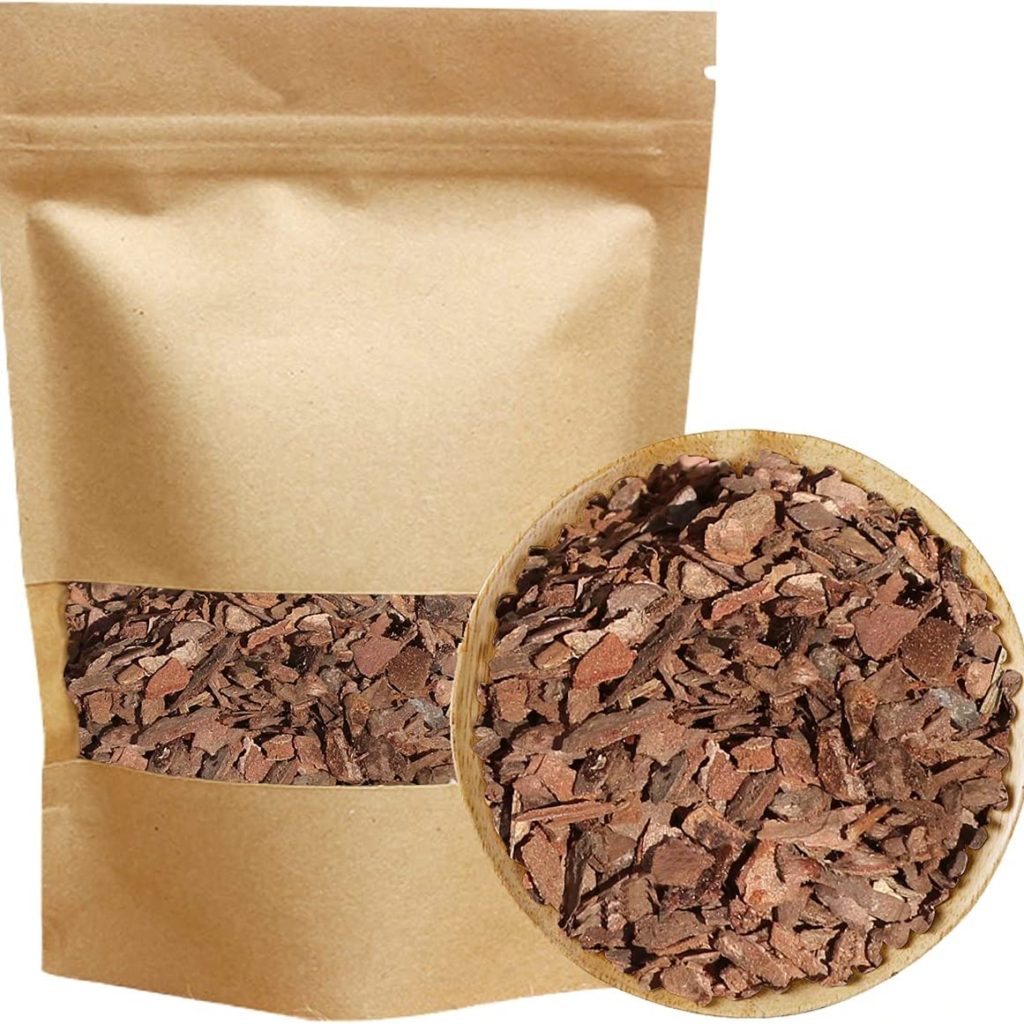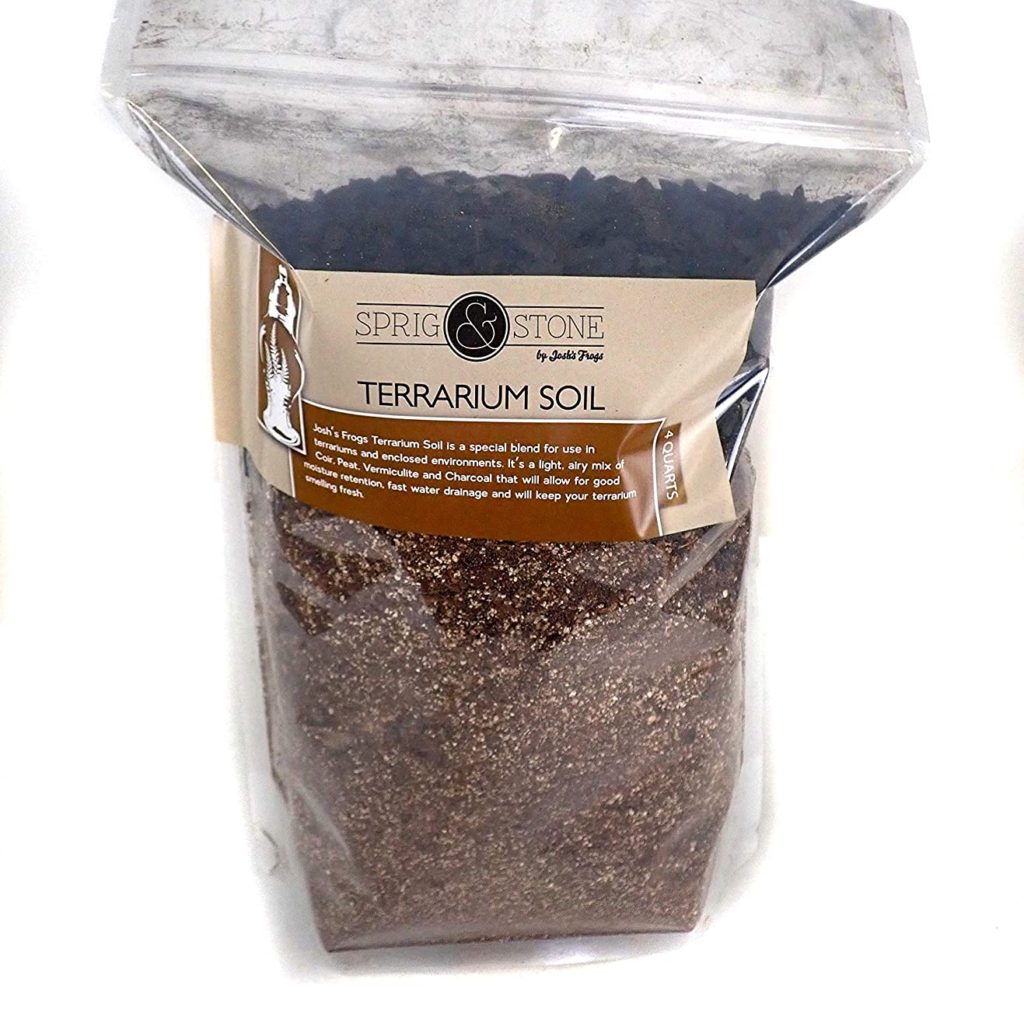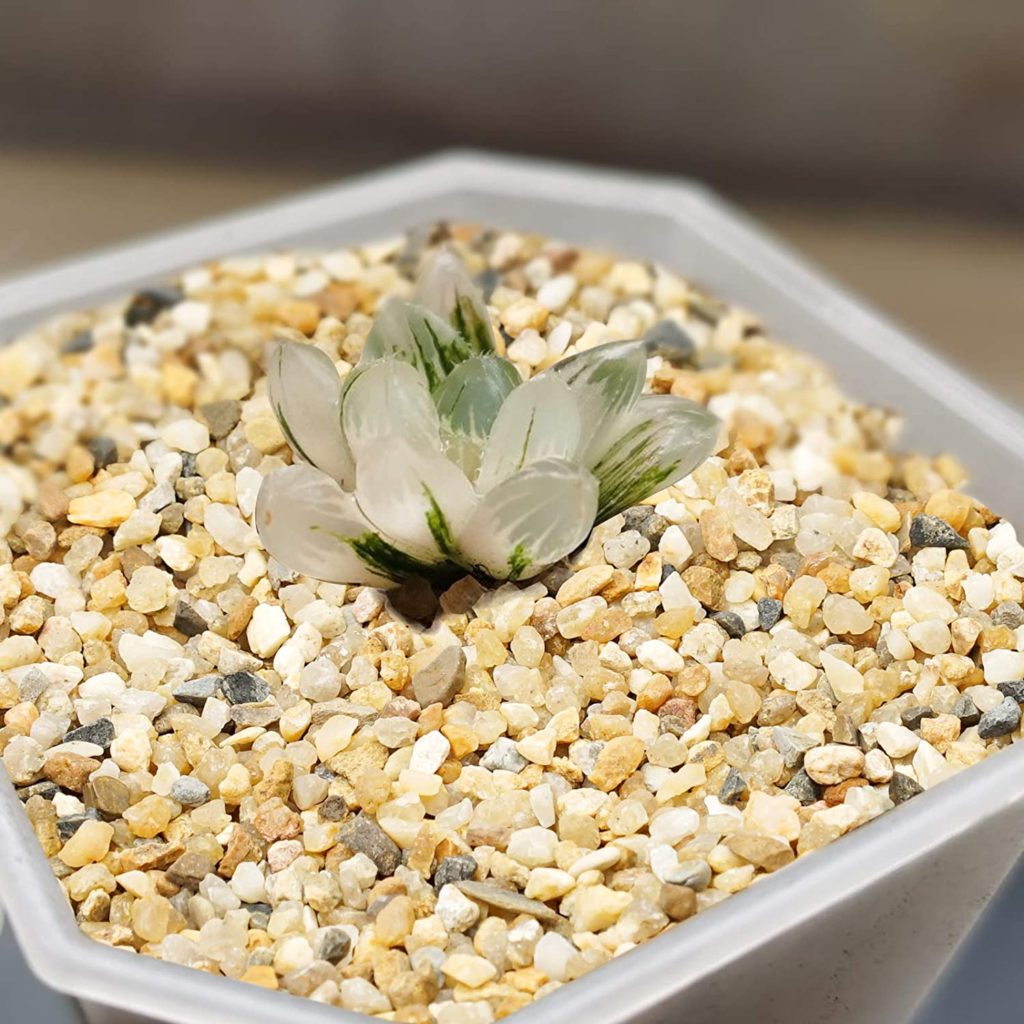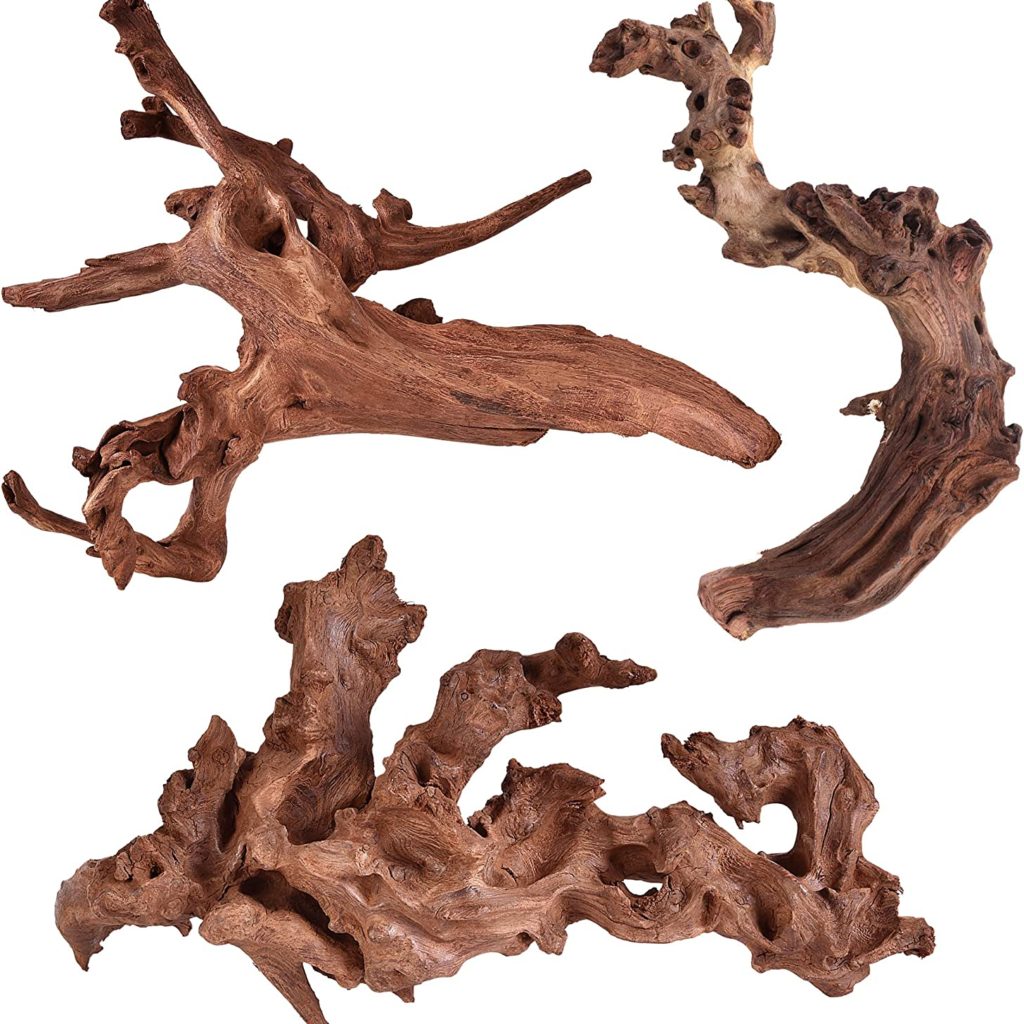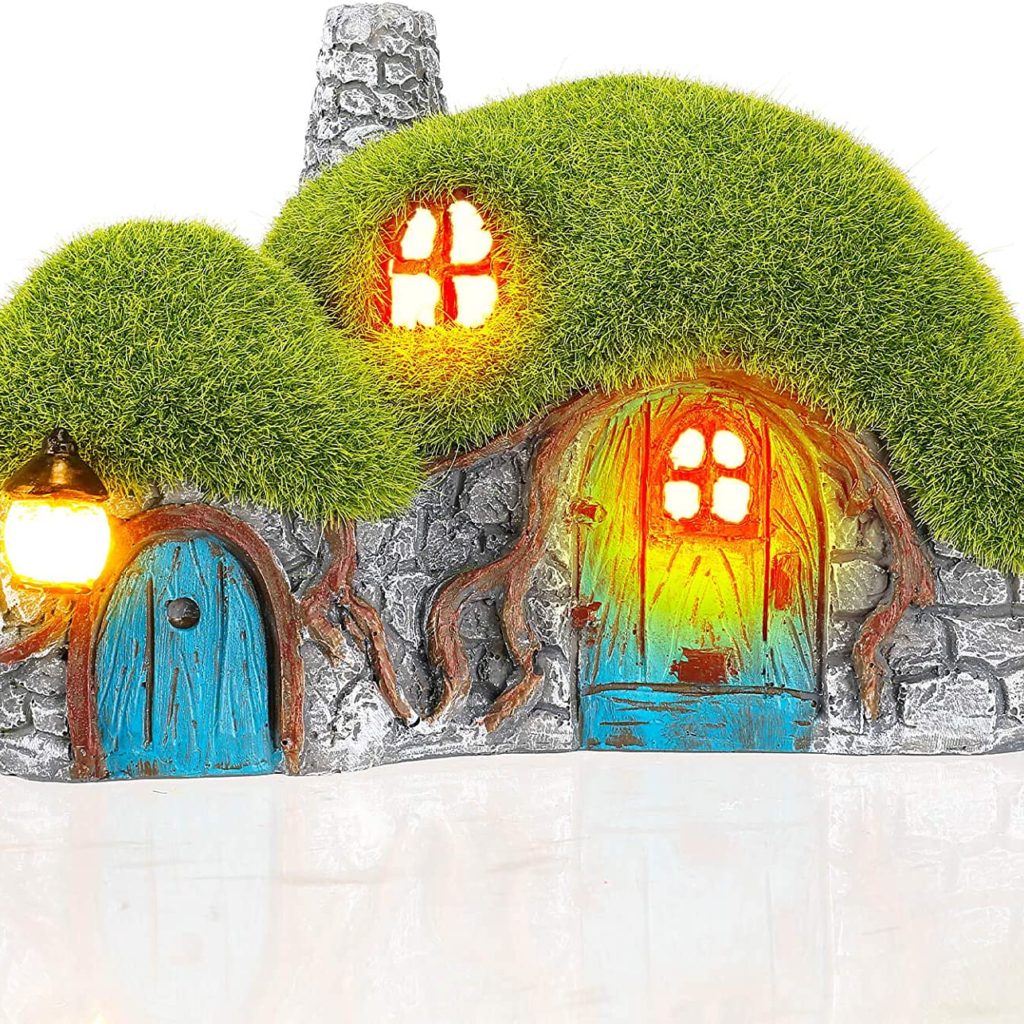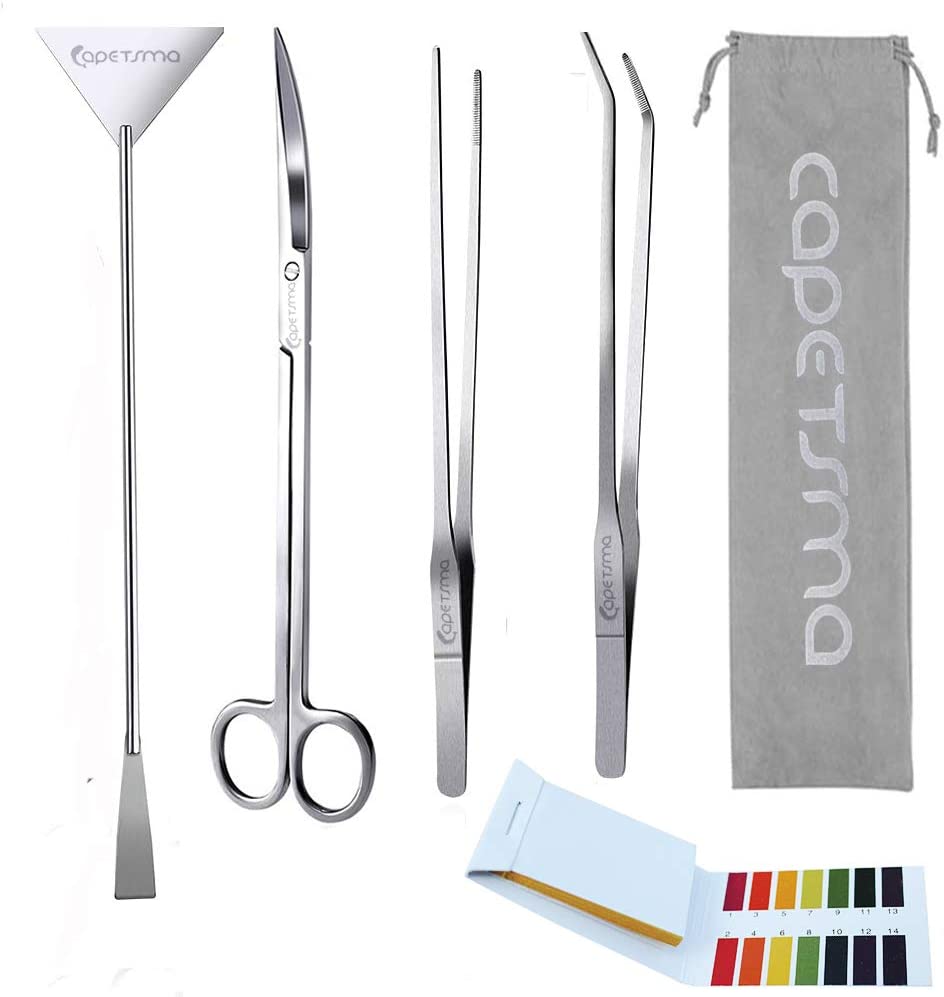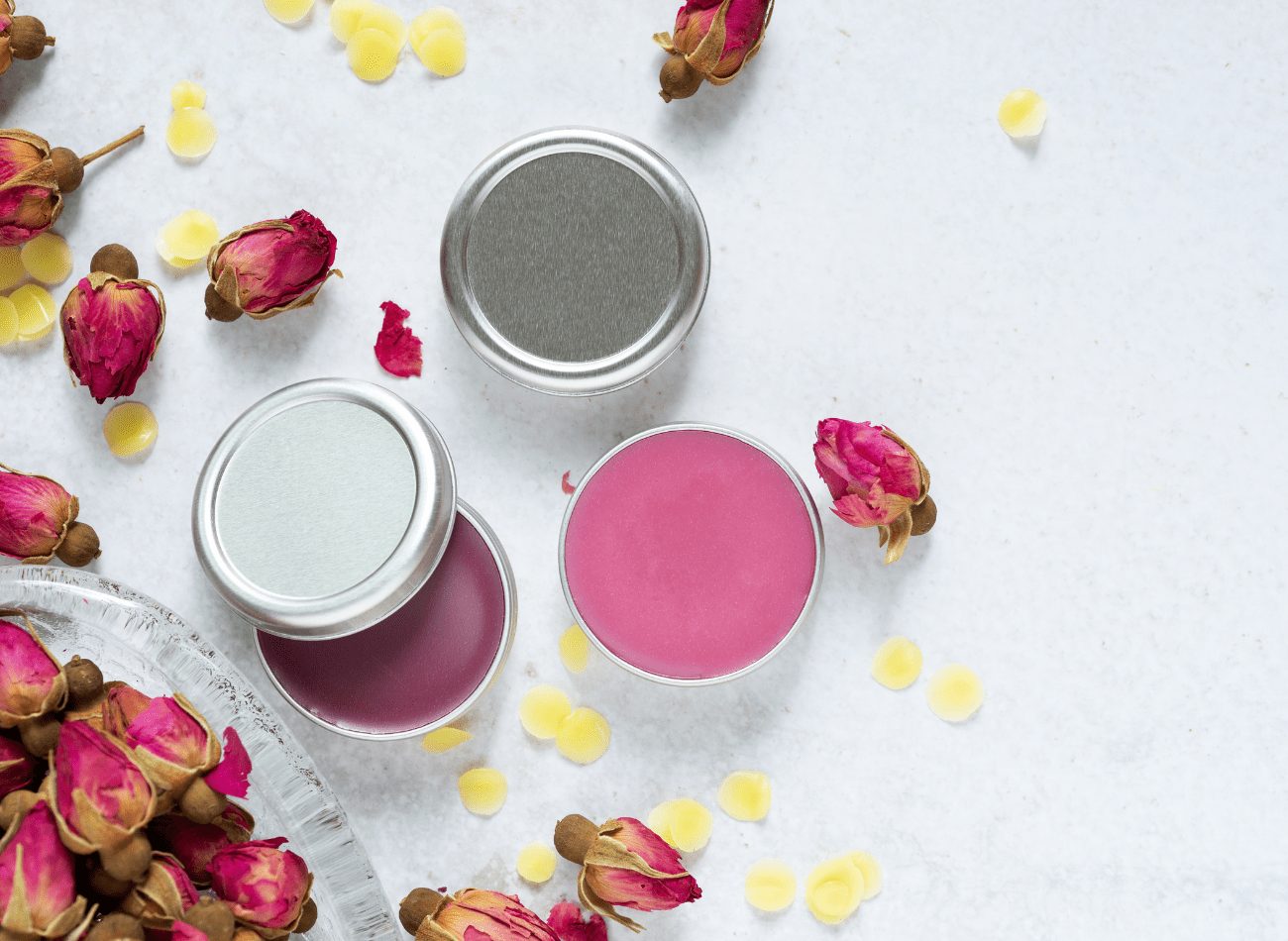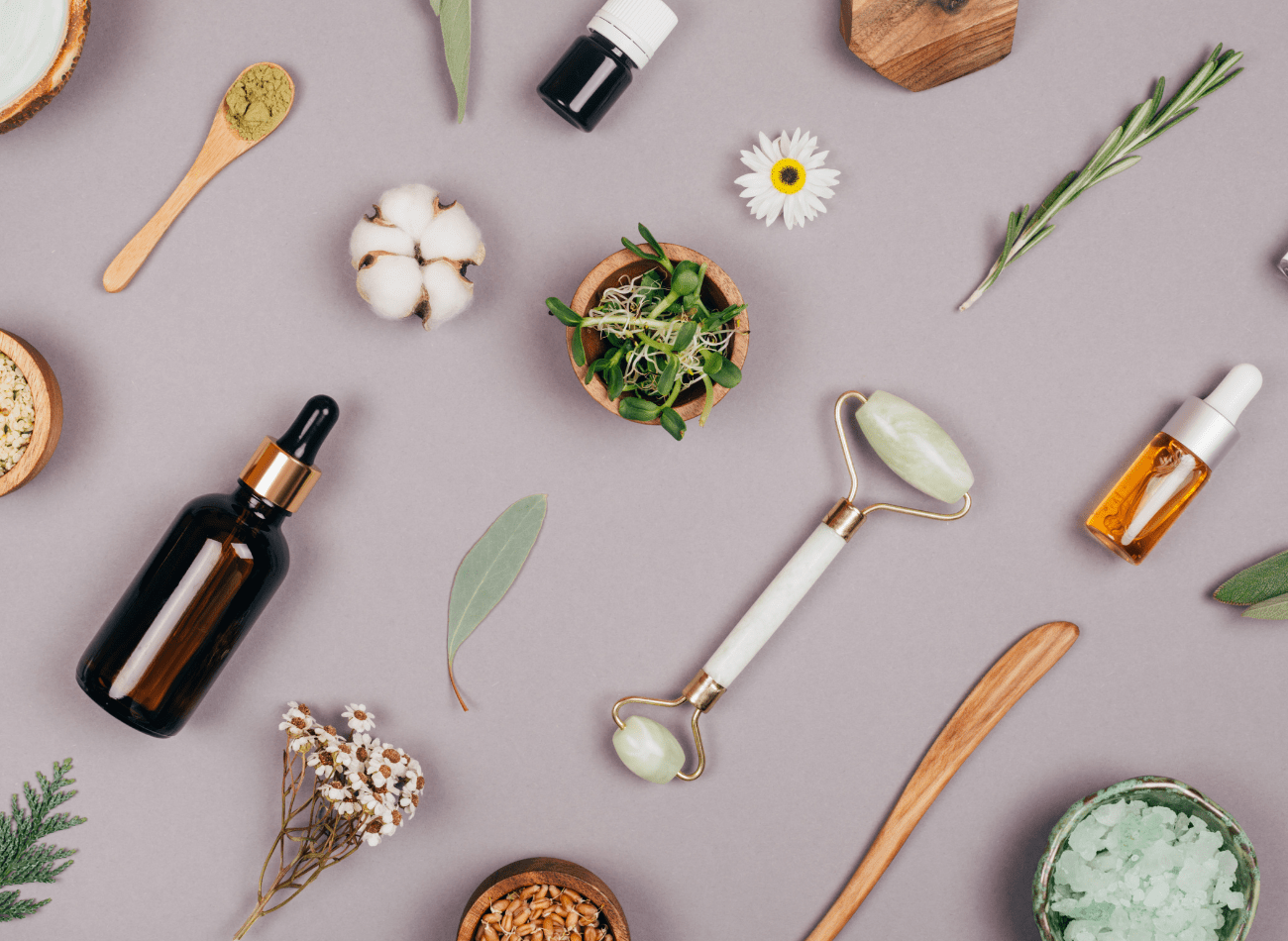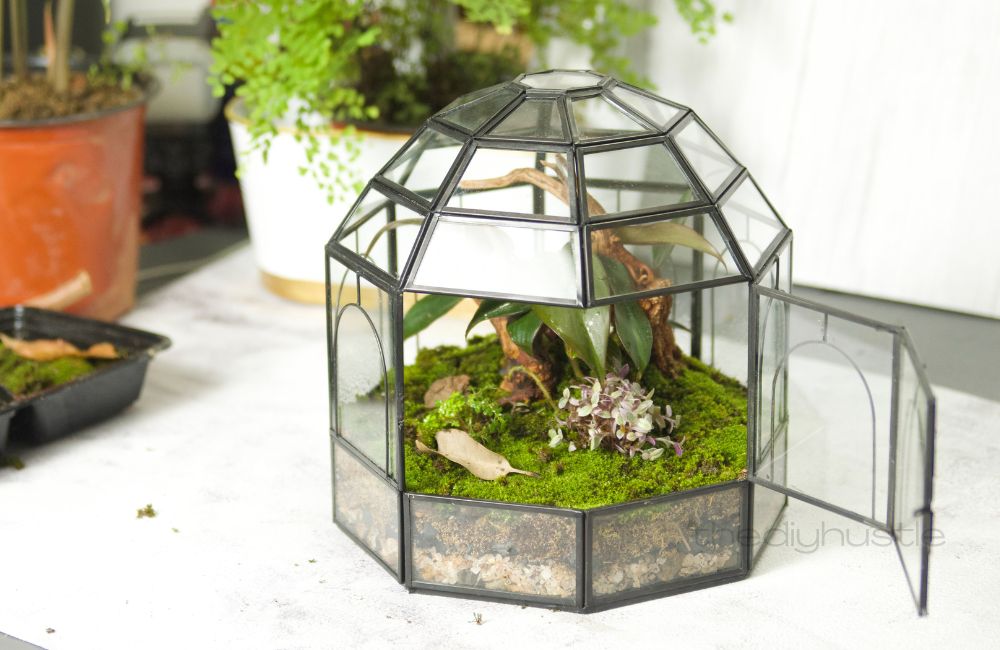
Terrarium!! An indoor mini garden that calls for low maintenance plus looks equally appealing. What more can one ask for?? Doesn’t this look like a Whimsical, Enchanted forest of Rivendell? For those who don’t know, I am referring to the fictional world from Lord of the rings (hardcore fan:)) Anyway; I am so excited to share this complete guide on Terrarium with you; I am going to walk you through the entire process of making this enchanted forest for yourself. After reading this post I am sure building your own Terrarium will be a piece of cake. Can you believe this is my first DIY Closed Terrarium, and I think I did a pretty decent job!!
Terrariums are great for people who own small places or have plant struggles. These are low maintenance, captivating, and perfect for gifting. Besides, they simply brighten up any space, Just imagine this on your office desk, not only this will attract all the attention but also radiate a positive, calming vibe. However, If you are unfamiliar with the word, let me tell you what exactly a Terrarium means.
What is a Terrarium?
According to Wikipedia;
A terrarium (plural: terraria or terrariums) is usually a sealable glass container containing soil and plants, and can be opened for maintenance to access the plants inside. However, terraria can also be open to the atmosphere rather than being sealed. We often keep terraria as decorative or ornamental items. Closed terraria create a unique environment for plant growth, as the transparent walls allow for both heat and light to enter the terrarium.
How Does a Terrarium Work?
The Terrarium basically replicates the fundaments of Nature; that is; EVAPORATION, CONDENSATION, AND PHOTOSYNTHESIS.
So the transparent sealed glass container combined with the heat that enters the terrarium allows the creation of a small-scale water cycle, As the temperature inside the closed terrarium rises the moisture from both the soil and plants evaporates. Now, this water vapor then condenses on the walls of the container and eventually falls back to the plants and soil below creating an ideal environment for growing plants because of the constant supply of water, preventing the plants from becoming over dry. Besides this, the light that passes through the transparent material of the terrarium allows the plants within to photosynthesize, a very important aspect of plant growth. It’s appealing how this mini biome can create a self-nourishing ecosystem.
Closed terraria
Tropical plant varieties, such as mosses, orchids, ferns, and air plants, thrive within closed terraria because of the conditions imitating the humid and sheltered environment of the tropics. Keeping the terrarium sealed allows the circulation of water, making the terrarium uniquely self-sufficient.
Open terraria
Open terraria are completely fit for plants that prefer less humidity and soil moisture, such as temperate plants. Not all plants withstand the moist environment of closed terraria. For plants suited to dry climates, open, unsealed terrariums are used to keep the air in the terrarium free from excess moisture. Open terraria also serve well for plants that require more direct sunlight, as closed terraria can trap too much heat, potentially killing any plants inside.
How to Build a Terrarium in a Closed Container?
Step one: Choose the Right Glass Container
Choosing the right glass container is the key to a successful Terrarium, a glass container with a transparent lid will work for your ecosystem. Make sure you can get your hands through it. One can also use forceps, chopsticks, or terrarium tools for placing the plants inside terrariums. It’s easier for a professional to use these tools, but you can definitely try them. You can either use a fancy Glass container like I have used here or go for an empty pickle jar at home. Any other kitchen canister will also work as long as it has a transparent lid, and is made of glass. Don’t go for the container with an opaque lid as it won’t allow the light to pass through. Cork lid containers also work fine as a closed terrarium.
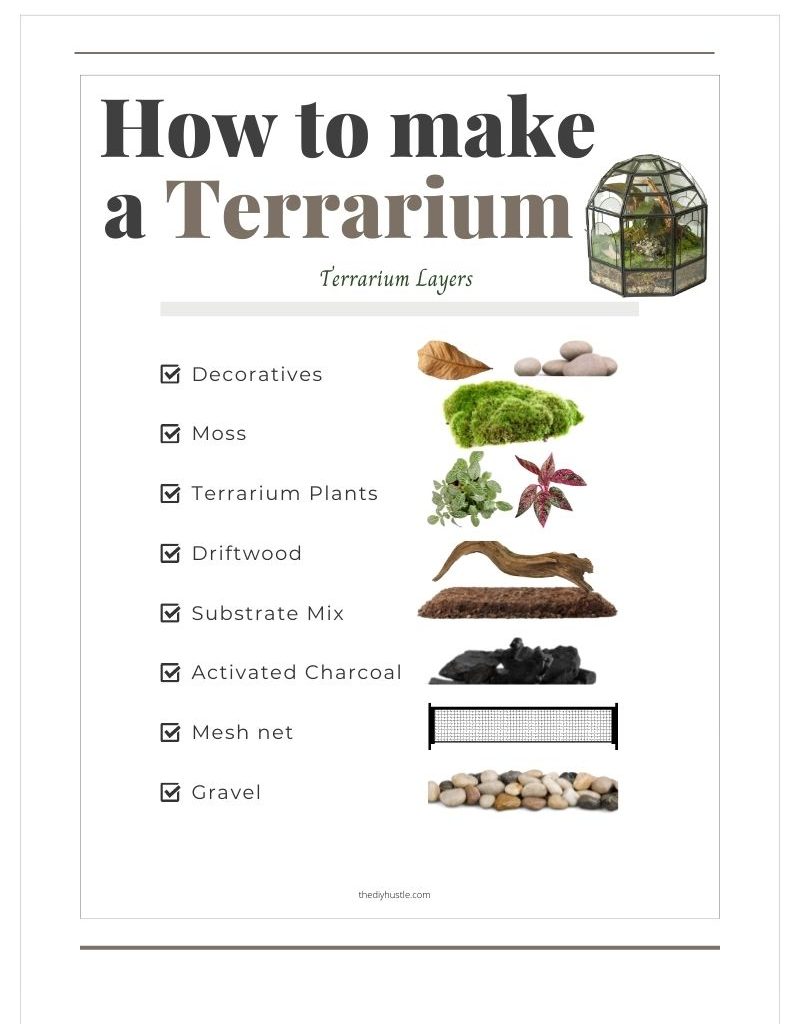
Step Two: Add the Drainage Layers
First off start by layering the bottom with gravel, stones, or coarse sand to help with the proper drainage in the Terrarium. Gravel acts as a reservoir for excess water and prevents the roots from rotting. Then put up a mesh over the gravel/rocks. This step is optional but recommended as it helps in the proper segregation of the layers and keeps the charcoal and soil (upper layers) from getting mixed with gravel and accumulating at the bottom. You can get a mesh net from the gardening store or simply cut out a sieve-like I did. Yeah!! I know it’s roughly sabotaged… LOL!! I am sure you will do a better job than me.
Step Three: Top it up with Activated Charcoal and Substrate mix
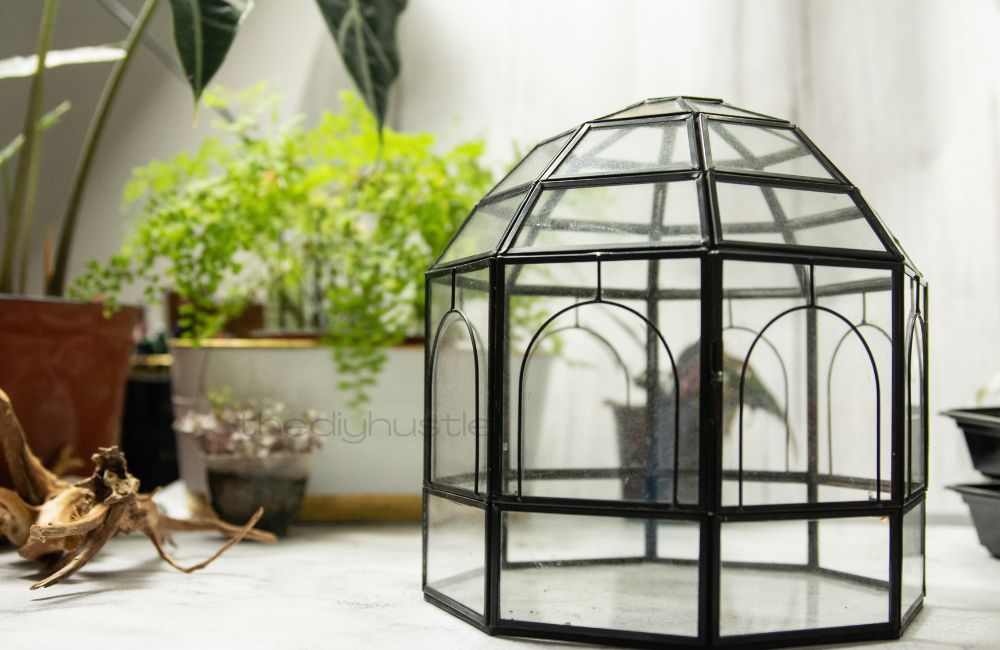
Anyway, next up add a layer of activated charcoal over the mesh. As there is no fresh air in the closed jar, terrariums are prone to fungal infection and mold formation. Activated Charcoal will take care of that, remove toxins and odors, keeping it fresh. Similarly, add substrate mix on top of the activated charcoal. Mix 2 parts cocopeat with 1 part of sand, 1 part sphagnum moss, and pine/orchid bark with 1 part of aqua soil/ garden soil. The substrate mix will allow the roots to spread out and grow freely.
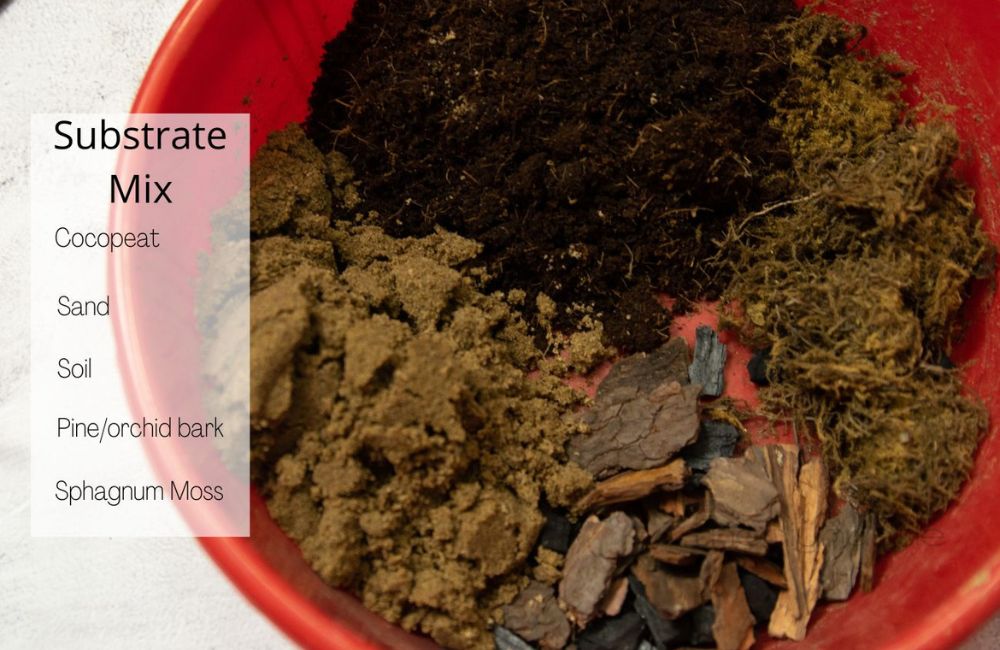
Step Four: Add your Plants
Subsequently, Place Driftwood inside the terrarium. Play around until you get the desired look and plant the moisture-loving plants in the terrarium. Like I added five plants to my terrarium such as the purple plant Callisia repens, also known as the pink lady, which you see here; doesn’t normally work for a terrarium, but I have used it for decorative and instructional purposes only as the plants I ordered came almost crushed. However, the small green plant you see here is Baby tears mostly found around the moss. I collected it with the moss itself.
Apart from these, I have used Red Back Philodendron and Nerve plants that thrive best in the moist environment of a terrarium.
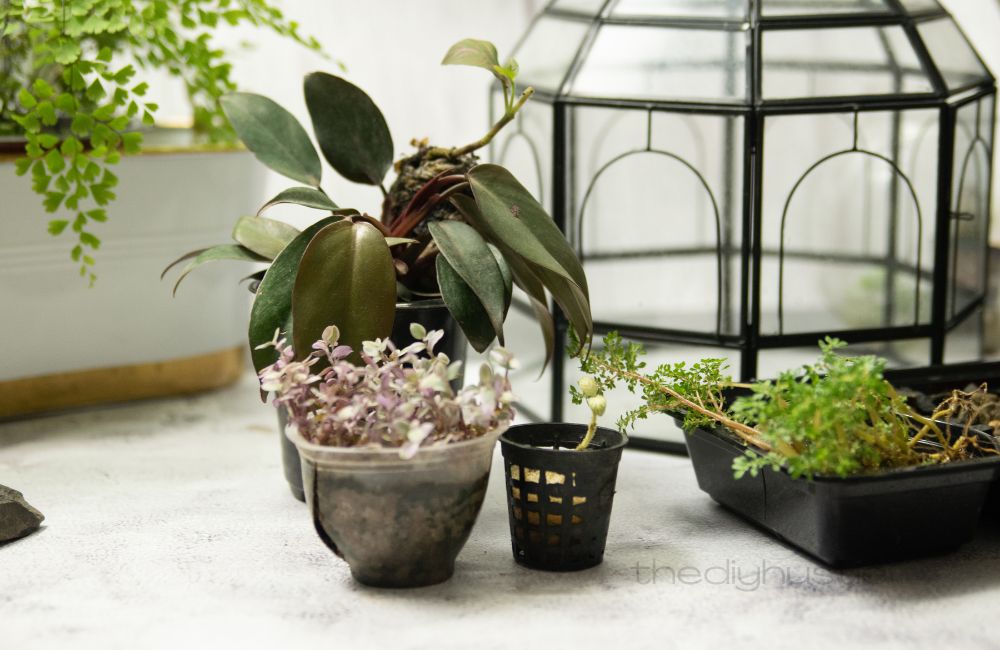
Step Five: Decorate
Spray some water after planting and cover it with Moss. Mist again and clean the sides of the terrarium. Finally, finish with a tiny decorative of your liking or simply add dried leaves, bark, or rocks to resemble a real forest. And it’s ready. Last but not the least, place the jar where it gets indirect light or employ an artificial grow light for the terrarium to function properly.
Terrarium Plants: Plants that thrive in a closed Terrarium
The key to a closed terrarium is getting the right plants, that thrive in the same growing conditions. Plants that enjoy the same warm, moist environment can be put together in a terrarium. One must consider choosing miniature plants that do not grow very long.
Certain plant families like Begonia, Peperomias, Polka dot plant, Nerve plants, Asparagus fern, Wandering Jews, and Golden pothos effortlessly survive and thrive in a closed terrarium. Besides these, carnivorous plants such as the Venus flytrap, and ornamental plants like Orchids also look great in a Closed Terrarium. If you do not have access to these plants, One easy way to choose is to look for the plants growing in the same environment by observing their habitat. The plants like Wild English Ivy, Ferns such as Maiden-hair fern, and baby tears typically thrive around the moss.
Making MOSS the most suitable plant for the Terrarium. All kinds of Moss can thrive inside the terrarium which means you don’t even need any decorative plants, you can simply collect different moss and build a moss Terrarium in a closed container.
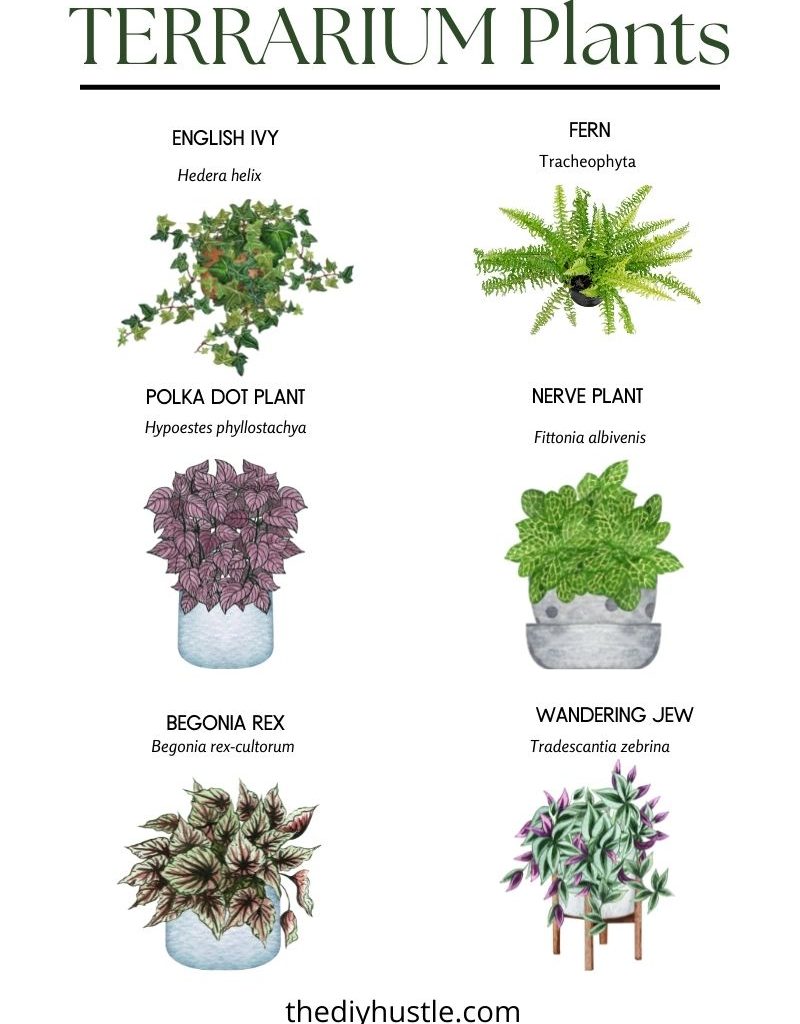
Substrate Mix for a Closed Terrarium
- COCOPEAT: It has a great ability to keep moisture and water. Cocopeat lets the soil breathe and keeps it loose and airy.
- SAND: Sand is great for aeration and drainage, it prevents soil from molding into clay by improving the texture of the soil.
- SPHAGNUM MOSS: One of the most crucial ingredients of a closed terrarium as it not only retains moisture as well as nutrients.
- PINE BARK: This helps with aeration and moisture retention.
Terrarium Supplies:
Get everything here to make a Closed Terrarium. These are affiliate links which means, If you choose to buy from here it might help the site sustain with no extra cost to you. Thank you so much for supporting me.
Glass Containers
Substrate Mix
Decoratives and Tools
Also, please don’t forget to subscribe to my YouTube channel, right here. Just Hover on my profile icon on the video 🙂
Thanks much for the sub!! 🙂 Appreciated!!
How to take care of the Closed Terrarium?
Apart from the perfect choice of a container, and adding drainage layers with the help of gravel, net, and charcoal there are certain conditions to be taken care of for a terrarium to run a self-sustaining ecosystem inside.
Light:
Lighting is a very important aspect of a closed terrarium. Bright direct light is a big NO-NO for this. Indirect filtered light from a south-facing window works fine. However, don’t keep it near the window, unless you want to bake your plants in the sun. A better way is to install and provide an artificial grow light for 8-10 hrs every day.
Watering:
Closed terrariums do not need to be watered frequently. After setting up the initial misting is enough to sustain this ecosystem. Do not over-water otherwise the condensation will go haywire and disrupt the ecosystem inside. In case you over-water, simply leave the terrarium open to air-dry and wipe off the excess water vapors on the surface of the glass. One can open the terrarium once a week to remove excess moisture from the air and walls of the container.
Springtail Culture:
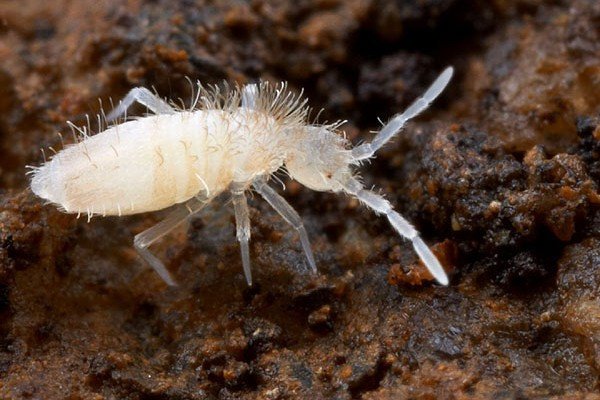
One easier way to keep the ecosystem mold free is by introducing springtails to your terrarium. They are tiny arthropods, about the size of a pinhead, usually found in moist environments, mostly under the wet wood log, rocks, or moss carpets. These breeds so fast, just a drop of 5-6 springtails will build a whole army to combat inside your closed terrarium keeping it clean and fresh. They like to munch on Molds and falling leaves. Consider them a personal free cleaning crew for your closed ecosystem.
Cleaning:
Remove any dying plants immediately as they can spread root rot in other plants as well. Maintaining the Terrarium is quite important. Prune the long growth, remove any mold containment and keep the glass clean.
One important thing is to sterile and clean the gravel, any kind of rock or wood, or sand that you might have collected from nature. Remove any impurities, and even dunk the moss gently in the water. Clean before use.
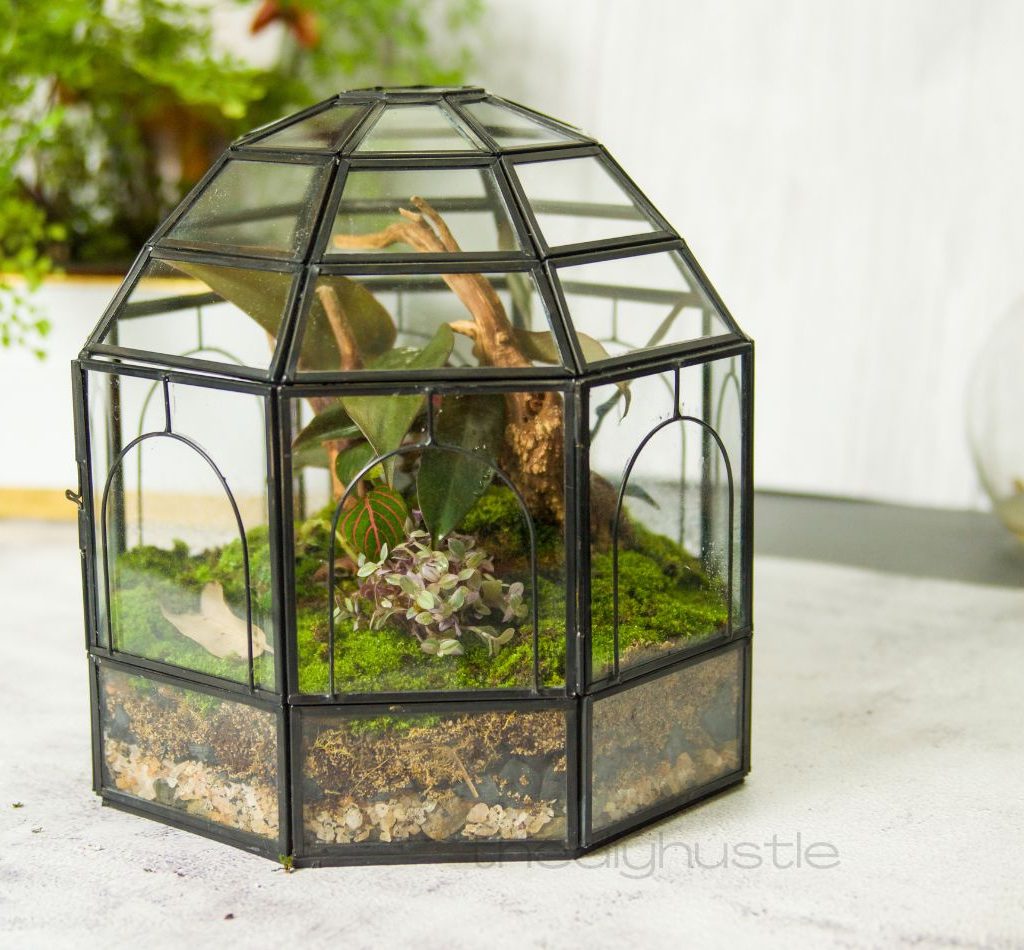
That’s it, folks!! Let me know how it turned out in the comments section below. I hope I inspired you enough to create your own masterpiece.
Also, check out how to make these cement ornaments for your garden here.
xoxo
